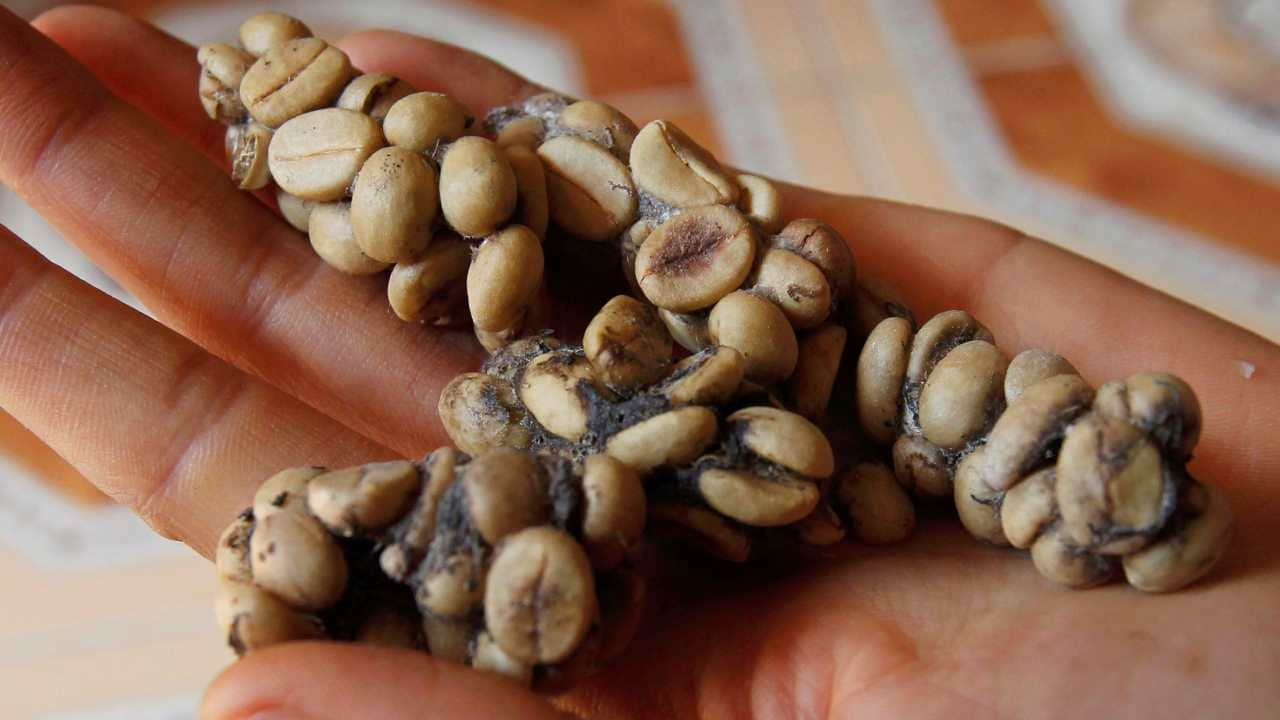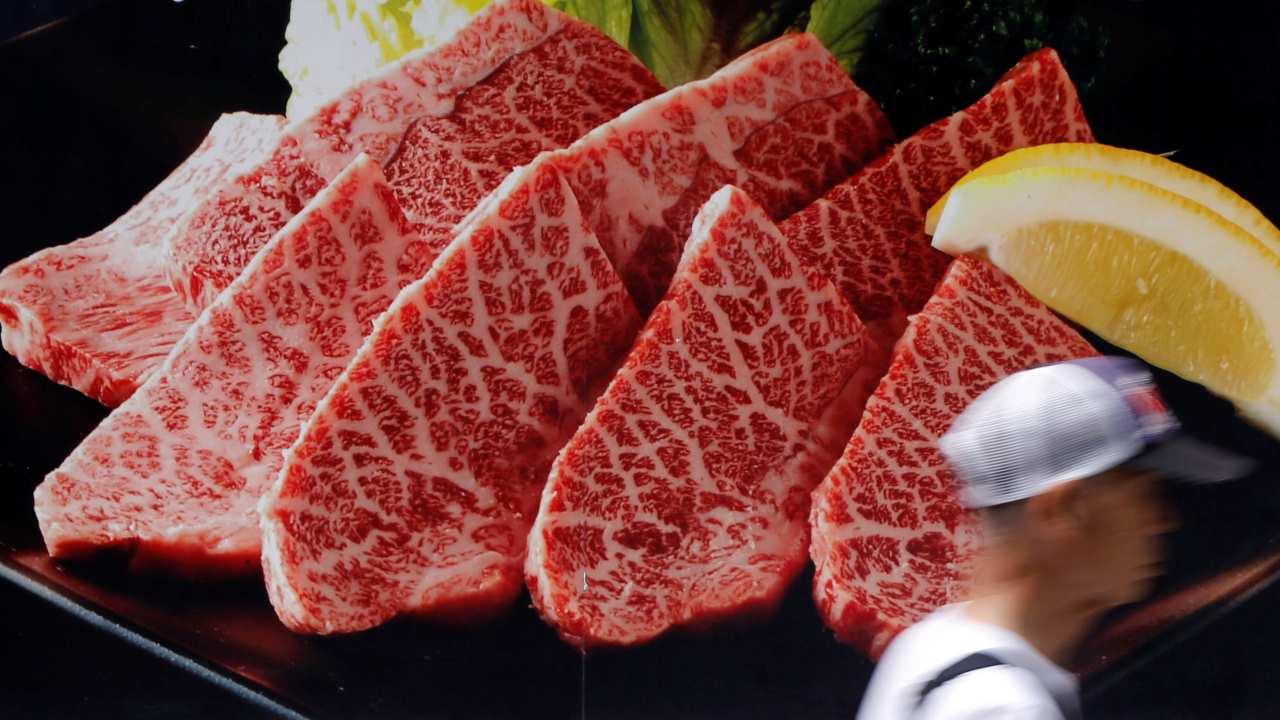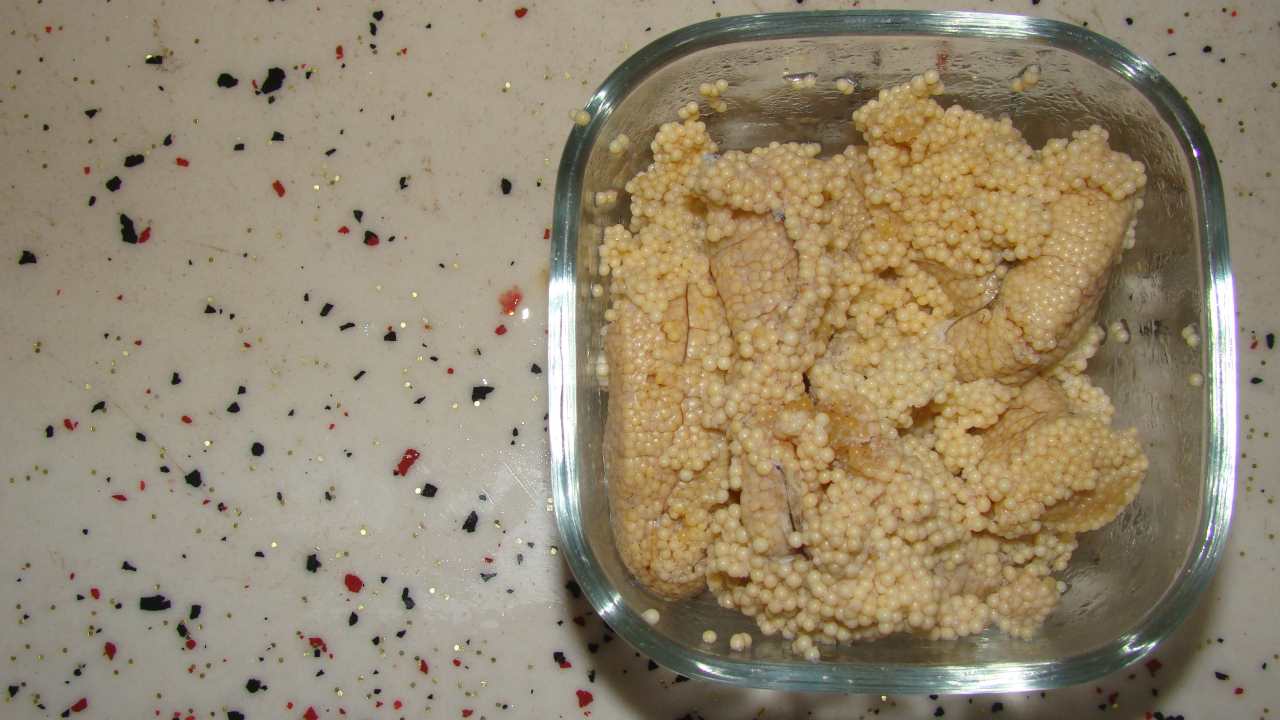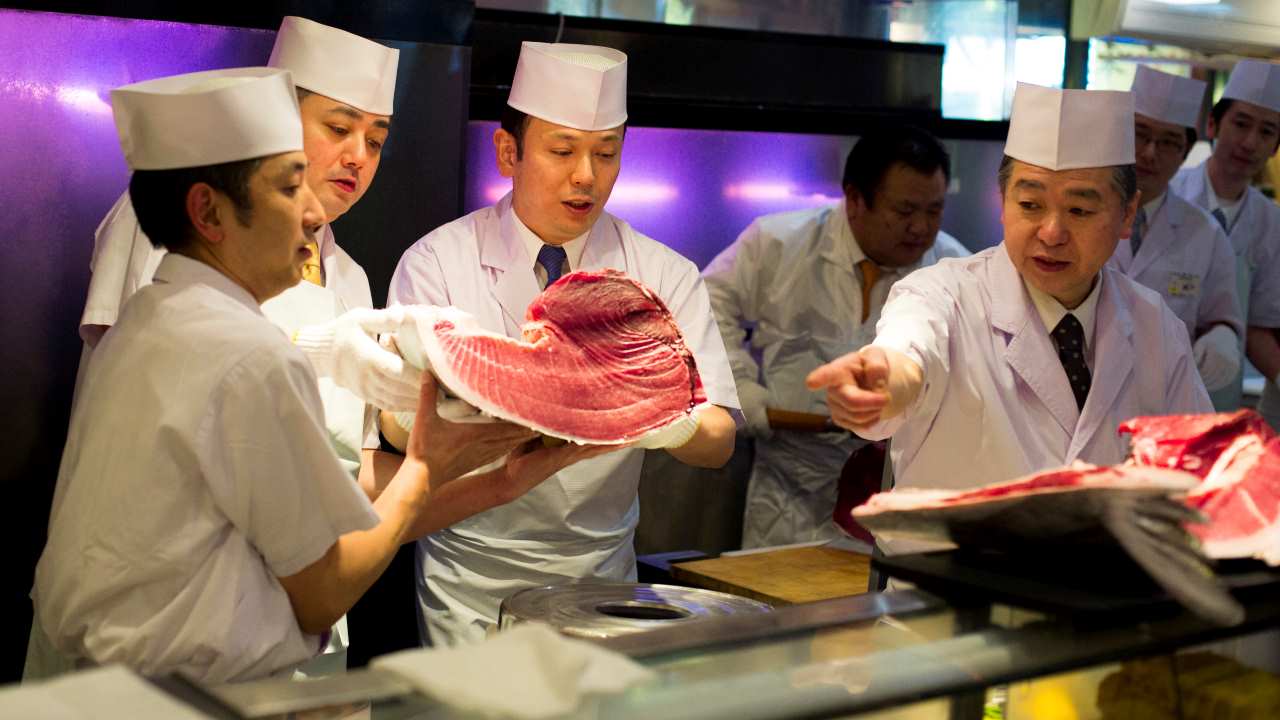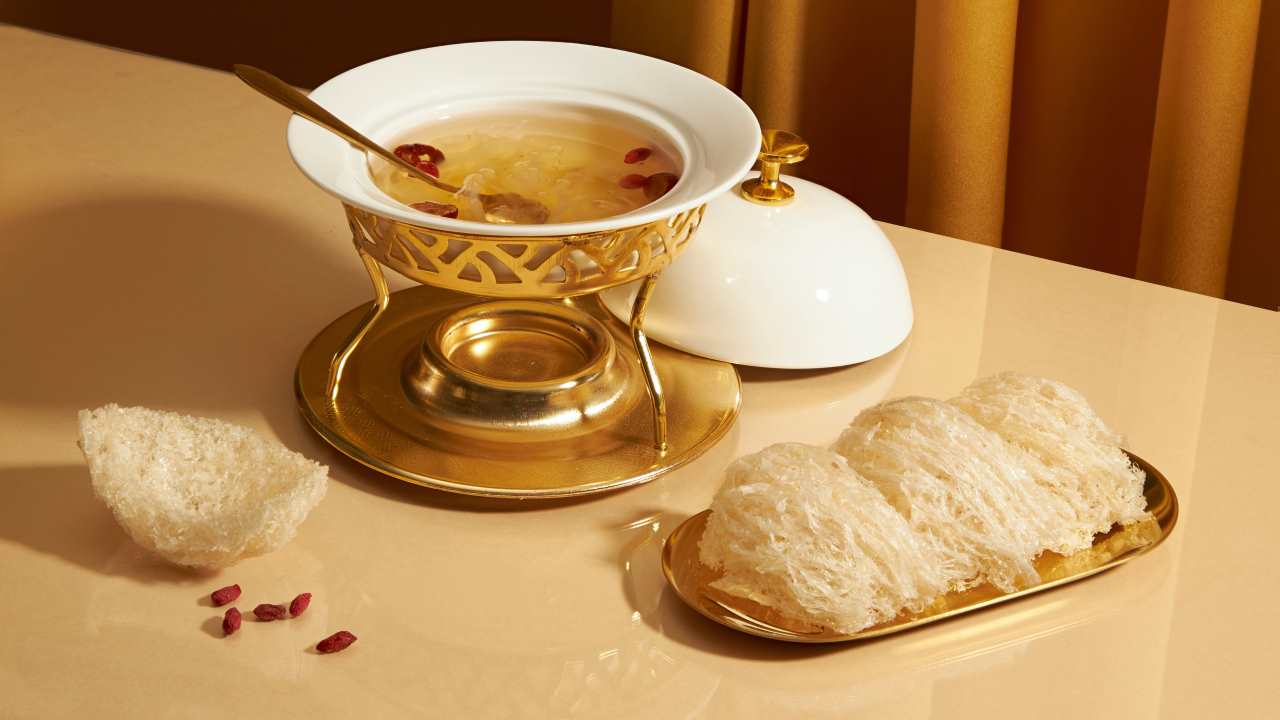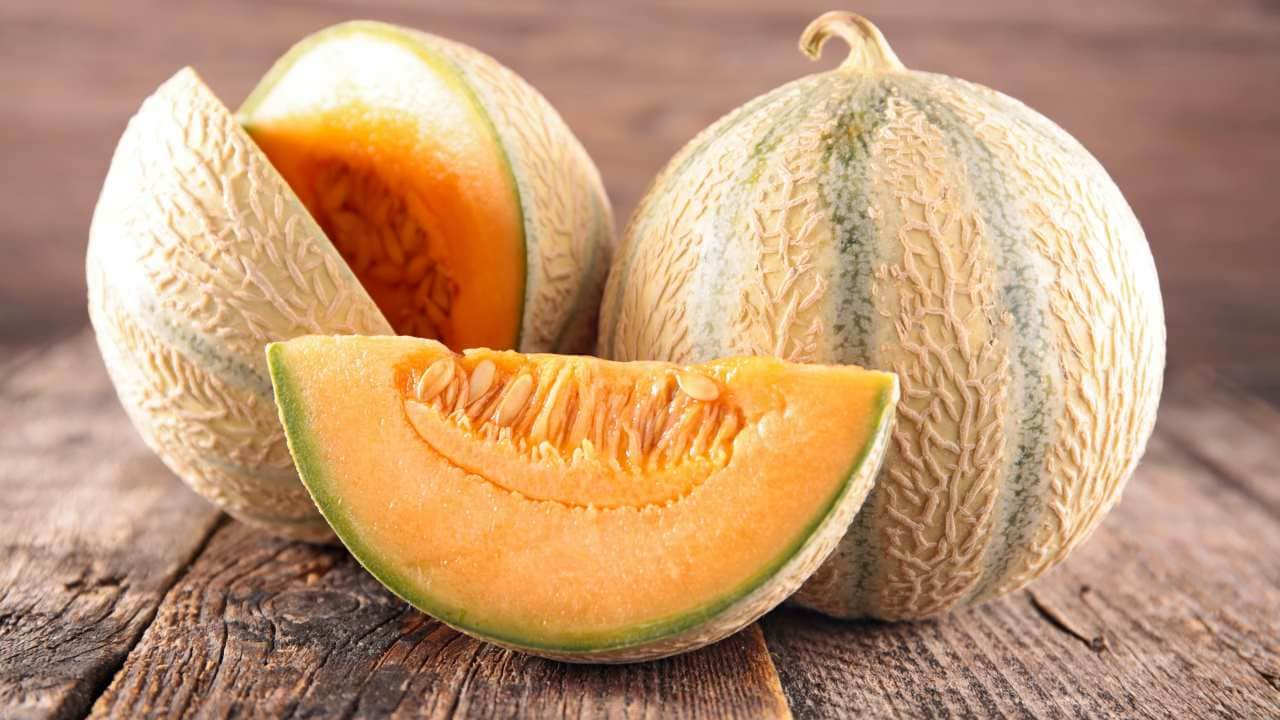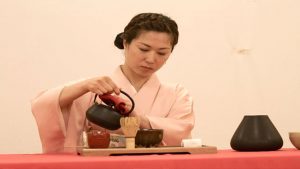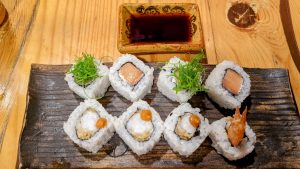This spicy, slurpy, steaming Japanese dish is more than just a tourist attraction
Summary
Despite its popularity, ramen establishments in Japan had faced challenges amid the pandemic. However, innovative solutions like home delivery services and packaged ramen kits offered a lifeline to struggling businesses.
In Tokyo, queuing for hours for a bowl of this savoury dish is a common sight. Despite its humble origins, a piping hot serving of ramen seldom disappoints, offering a comforting respite to its eager patrons.
Typically prepared before patrons’ eyes in modest eateries, ramen prices start at around 1,000 yen (₹450), boasting a variety of flavours and regional adaptations. From the classic salty “shoyu” or “miso” variations to fiery renditions infused with chili, ramen caters to diverse palates. Some variants even eschew soup entirely, opting for noodles dipped in a flavourful sauce.
Compared to the denser buckwheat noodles like “soba” or “udon,” ramen’s curly strands offer a lighter texture, further enhancing its appeal.
Beyond Japan, ramen’s popularity has soared, with the United States witnessing a 72% increase in retail sales since 2000, totaling over $1.6 billion in sales for the year ending April 13. The dish has found its way into diverse culinary landscapes, with restaurants offering innovative interpretations like Del Taco’s Shredded Beef Birria Ramen.
Also read: Most expensive food items in the world 2024 list — Check how much these rare eatables cost
While instant noodles provide a convenient alternative for home consumption, they pale in comparison to the authentic ramen experience found in restaurants. Momofuku Ando’s invention of instant ramen in 1958, amid post-war food scarcity, remains legendary in Japan, laying the foundation for Nissin Foods’ global success.
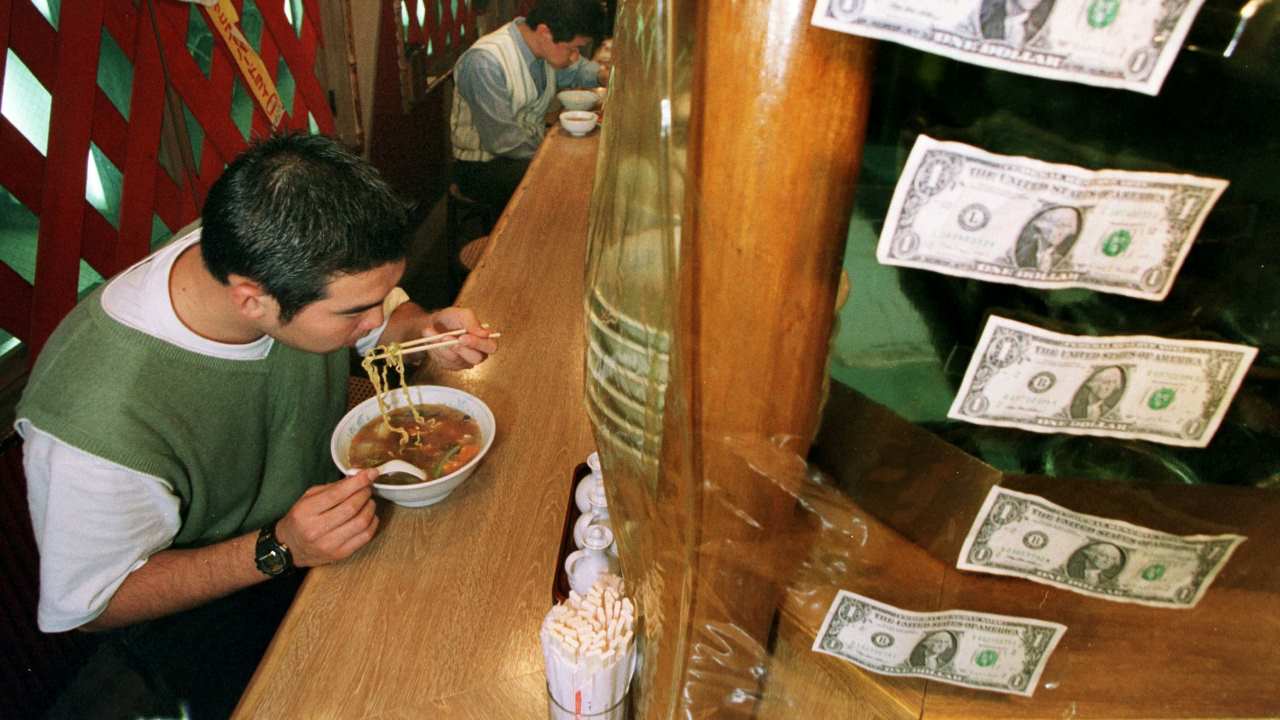
For enthusiasts like Frank Striegl, ramen isn’t just a meal—it’s an immersive cultural experience. Guiding tourists through Tokyo’s labyrinthine streets, Striegl introduces them to an array of ramen styles, encouraging exploration and education.
Reflecting on ramen’s enduring appeal, Striegl underscores its universal resonance, likening it to “people’s food” transcending cultural boundaries.
As tourists savour their miniature ramen servings, Striegl delves into the dish’s storied history, tracing its origins to ancient Japan and its evolution into a culinary phenomenon.
Also read: Why is Japan home to the world’s longest-living people? The secret’s in their food habits
For tour participant Katie Sell, ramen embodies comfort, particularly during winter months, fostering camaraderie and enjoyment among friends.
Despite its popularity, ramen establishments in Japan have faced challenges amid the pandemic, currency fluctuations, and rising costs. However, innovative solutions like home delivery services and packaged ramen kits offer a lifeline to struggling businesses.
Kenichi Nomaguchi, co-founder of Gourmet Innovation, highlights ramen’s global allure, positioning it alongside animation as Japan’s most successful exports. Nomaguchi attributes ramen’s complexity and depth of flavour to its intricate preparation, involving hours of simmering stock and a myriad of ingredients.
From traditional toppings like bean sprouts and barbecued pork to unconventional variations like coffee-infused ramen, the possibilities are endless. Jiro-style ramen, characterised by towering vegetable heaps and generous pork servings, exemplifies ramen’s fusion of taste and spectacle.
For Kota Kobayashi, proprietor of “Ore No Ikiru Michi,” ramen represents a way of life—an ethos that extends beyond culinary excellence. Kobayashi emphasizes the importance of ambiance and hospitality, ensuring patrons leave not just satisfied but entertained.
As customers return to his restaurant, Kobayashi’s warm greeting fosters a sense of belonging, epitomizing the spirit of ramen—a dish that transcends mere sustenance to become a cultural phenomenon cherished by all who partake.
(With inputs from AP)

Elon Musk forms several ‘X Holdings’ companies to fund potential Twitter buyout
3 Mins Read
Thursday’s filing dispelled some doubts, though Musk still has work to do. He and his advisers will spend the coming days vetting potential investors for the equity portion of his offer, according to people familiar with the matter


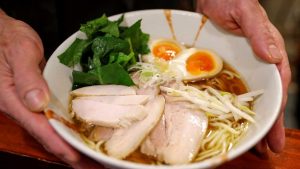






 Listen to the Article
Listen to the Article  Daily Newsletter
Daily Newsletter







